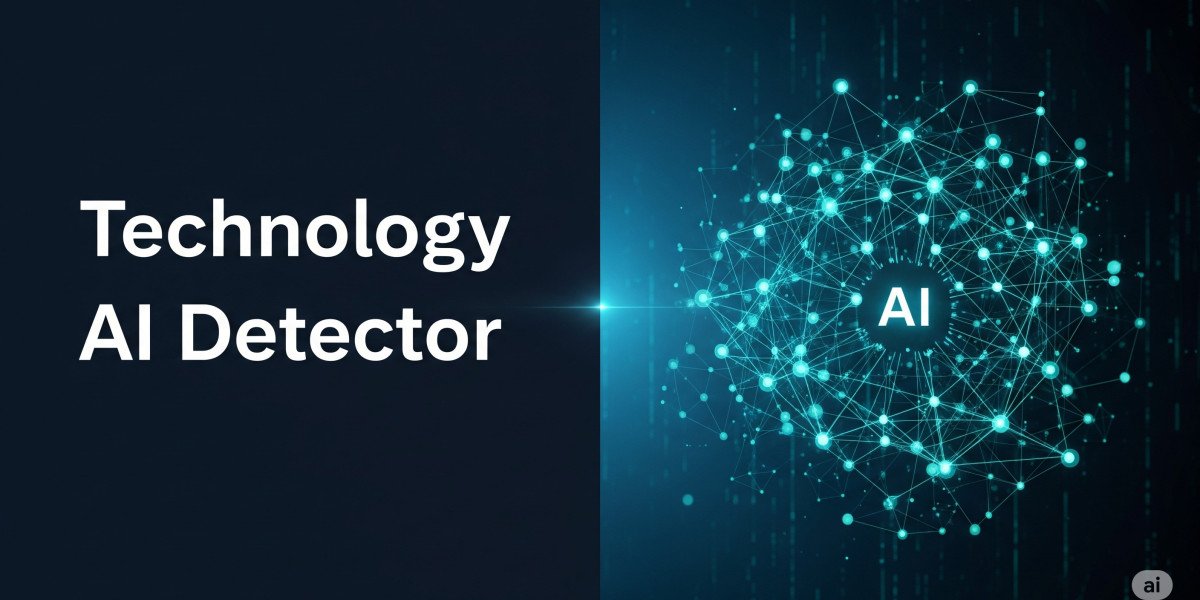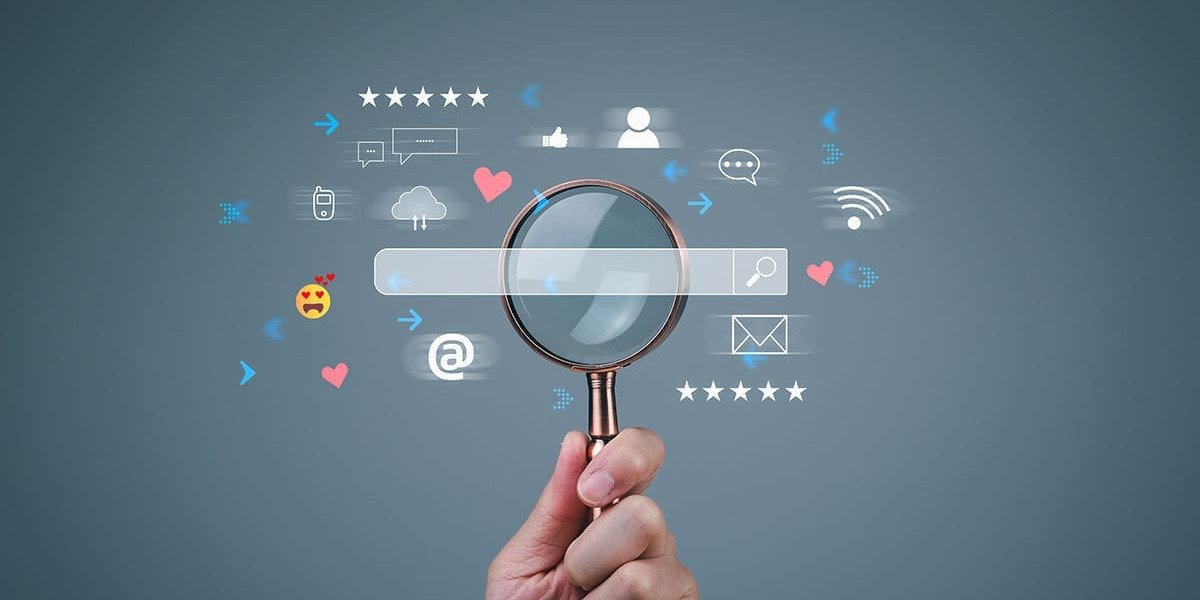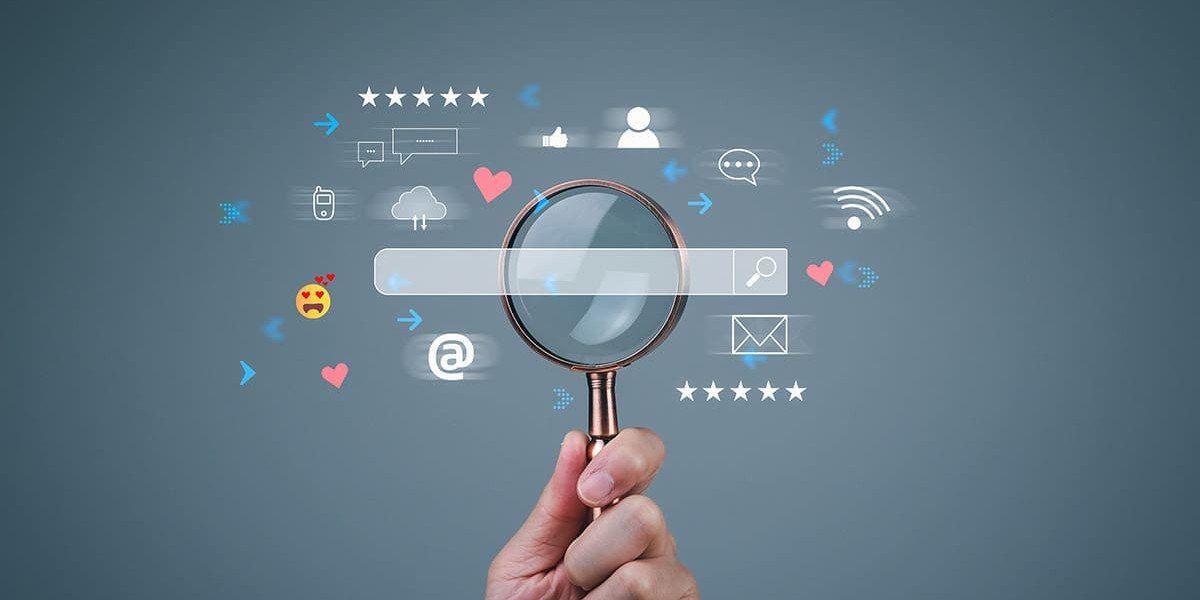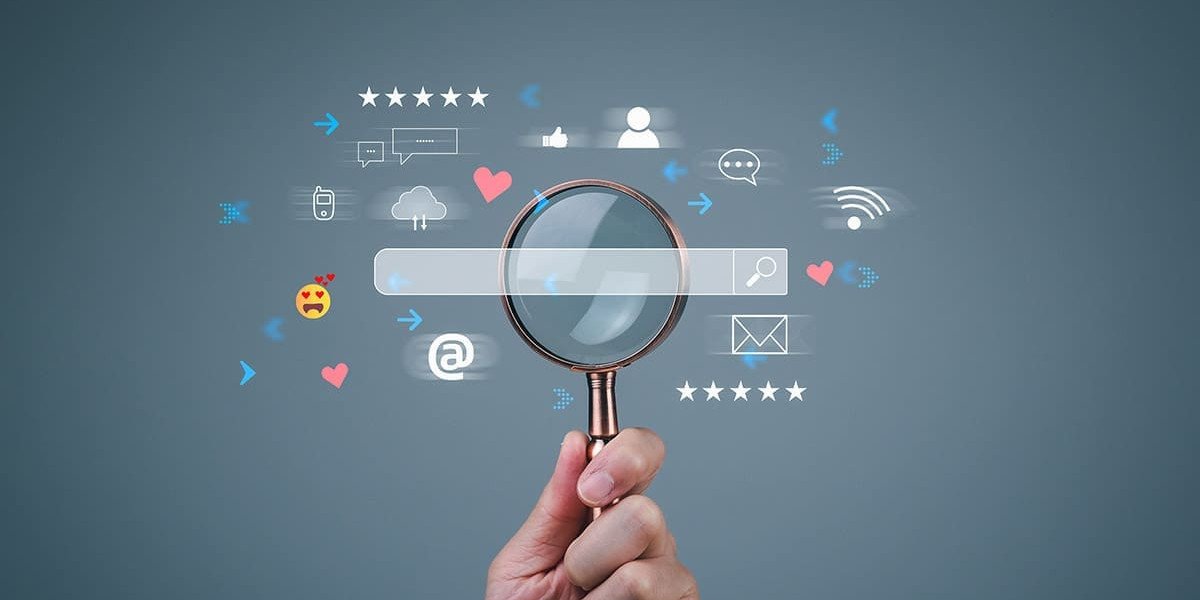In today’s digital landscape, the power of artificial intelligence is undeniable. From creating art to composing essays, AI tools have become a cornerstone of innovation. But as the use of AI writing tools grows, so does the need for authenticity and originality. This is where the AI detector steps into the spotlight—a smart guardian designed to distinguish between human-written and machine-generated content.
The rise of AI writing assistants has blurred the boundaries between human creativity and machine efficiency. Students, marketers, and content creators around the world now have access to tools that can generate articles, emails, and essays within seconds. While this technology brings speed and convenience, it also creates a pressing question: how do we know if the words we’re reading are truly human? The answer lies in the precision of an AI detector.
What Is an AI Detector?
An AI detector is a sophisticated algorithmic tool designed to analyze written content and determine whether it has been produced by artificial intelligence. These detectors assess linguistic patterns, sentence structures, and statistical features of the text to identify the subtle fingerprints of machine generation. Essentially, they act as truth-seekers in a digital world overflowing with synthetic content.
Unlike simple plagiarism checkers that compare content to existing databases, AI detectors dig deeper. They look for the rhythm of language—the tone, complexity, and unpredictability that naturally emerge from human thought. AI-generated text often follows predictable sentence patterns, lacks emotional nuance, and maintains a mechanical balance in its structure. By studying these features, AI detectors can flag content that feels “too perfect” to be human.
How AI Detectors Work
Behind the simple interface of an AI detector lies a complex world of natural language processing (NLP) and machine learning. When you paste a paragraph into an AI detection tool, it begins by breaking the text into components—words, phrases, and sentence structures. Then, it compares these features to known patterns found in AI-generated outputs.
AI detectors often use probability models. They assign a likelihood score to each sentence, estimating how “human” or “machine-like” it sounds. For instance, if a sentence maintains perfect grammatical balance and lacks any sign of personal expression, it might score high on the AI-generated scale. On the other hand, a line filled with spontaneous phrasing or unique emotional undertones is often marked as human-written.
Some advanced detectors even combine linguistic analysis with deep learning models that have been trained on massive datasets of both AI and human text. These hybrid systems continuously evolve, learning to identify new writing styles produced by evolving AI tools like ChatGPT or Gemini.
Why AI Detection Matters
The need for reliable AI detector tools goes far beyond curiosity—it’s about maintaining trust and integrity in the digital space. In education, teachers and institutions rely on these tools to ensure academic honesty. In marketing, agencies use them to verify that their content maintains originality and creativity. Even in journalism, AI detectors are becoming essential for validating the authenticity of online articles and preventing the spread of misinformation.
In a world where content is currency, authenticity has immense value. A business that unknowingly publishes AI-written material might face credibility issues or SEO penalties. Search engines, after all, prioritize unique and human-like content. Similarly, students who submit AI-generated essays risk compromising their learning experience and academic reputation. AI detectors serve as a fair and transparent way to protect against such challenges.
The Balance Between Technology and Creativity
While AI detectors are powerful, they also remind us of something deeper—the irreplaceable spark of human imagination. Machines can replicate structure and grammar, but they cannot truly feel. They don’t experience joy, struggle, or inspiration. A human writer can turn simple words into an emotional journey; an AI can only simulate that experience.
Therefore, the goal of using an AI detector is not to discourage innovation but to maintain balance. We can embrace AI tools as assistants that enhance productivity while using detectors to preserve the human voice that gives meaning to our stories. When humans and AI work together, creativity thrives responsibly.
The Future of AI Detection
As AI continues to evolve, so will AI detectors. The competition between creators of AI writing tools and developers of detection algorithms is becoming a fascinating digital chess game. Every time AI models improve their ability to mimic human tone, AI detectors advance to catch the new patterns. This ongoing evolution ensures that the online world maintains a transparent standard of authenticity.
In the future, AI detectors may become an integral part of every major online platform. Search engines, universities, and businesses could integrate real-time AI detection to filter content instantly. This not only upholds trust but also fosters accountability among users and creators alike.
Final Thoughts
The AI detector is more than just a tool—it’s a digital guardian of truth. In an era where technology can replicate almost everything, authenticity becomes our most valuable asset. Whether you’re a writer, teacher, or entrepreneur, understanding how AI detection works can help you navigate the ever-changing landscape of online content.
Human creativity will always be the heart of meaningful communication, but with the help of AI detectors, we can ensure that this creativity remains genuine, transparent, and trustworthy. As the world continues to embrace artificial intelligence, these tools will play a vital role in keeping the essence of humanity alive in every written word.








